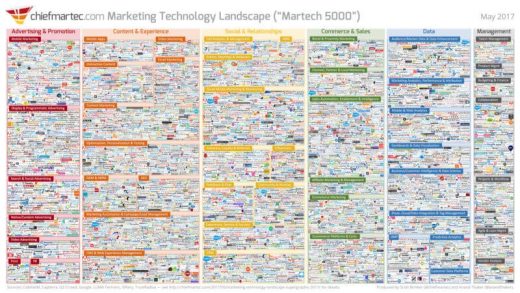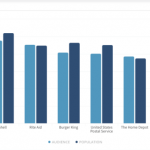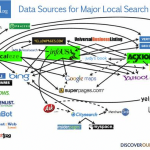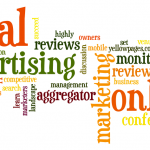3 ABM themes to expect at Dreamforce 2017
More people are paying attention to Account-Based Marketing, and the conference attendees at Dreamforce are no exception. Columnist Peter Isaacson discusses three ABM themes that will dominate the event.
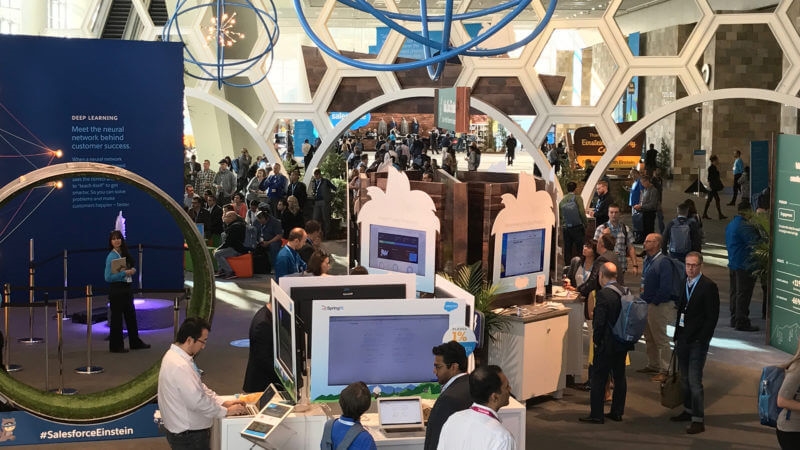
Every fall, over 100,000 people descend on a three-block radius of San Francisco to shut down traffic, annoy the locals and turn the normal 30-minute wait for Philz into a two-hour shuffle through hell. Just kidding. I love Dreamforce. Seriously. The crowds are massive, the content is overwhelming, and the wait for a beer is endless, but there are amazing experiences to be had.
This year’s Dreamforce, taking place November 6-9, has the chance to be the best one yet. Why? Well, for starters, Salesforce has really been leaning into B2B and Account-Based Marketing (ABM).
With the launch of Einstein ABM in June 2017, Salesforce has validated the value of the ABM category and established it as a strategy worth investing in. With interest in ABM increasing, it makes sense that Salesforce will be amping up the amount of ABM content available at Dreamforce. Here are a few themes you’ll likely see throughout the week:
Full-funnel ABM
In the past few years, the ABM technology landscape has grown to include a staggering number of vendors. The strategy even has its own category in Scott Brinker’s Marketing Technology Landscape.
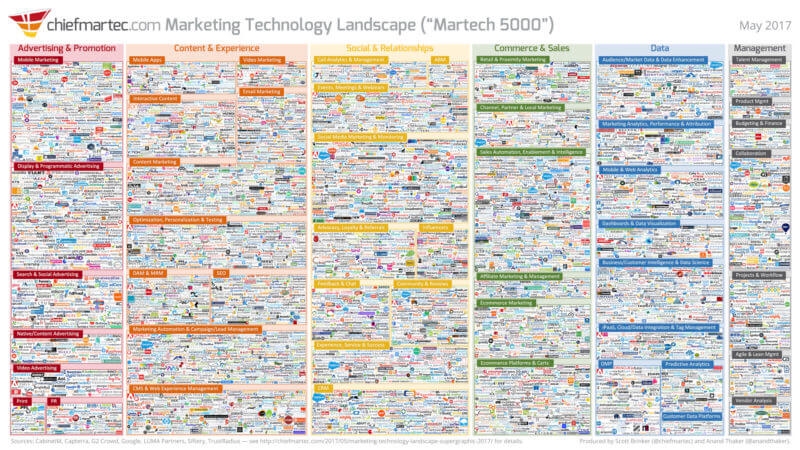
(Click to enlarge.)
But while the growth of the space speaks volumes for the permanence of the strategy, it’s created some challenges for marketers looking to invest in ABM technology. Though a majority of the vendors in the space claim to offer ABM solutions, their technology typically addresses only one or two pieces of the sales and marketing funnel.
To truly see success across the funnel, B2B marketers need the ability to connect all of their technologies and tie them together with one consistent data model across the whole funnel, from targeting to engagement to conversion.
Moving from ‘why’ to ‘how’
The ABM category has developed incredibly quickly. In a few short years, much of the market has moved from asking, “Why should I do ABM?” to “How do I get started?” and even, “How do I do it really well?”
That may seem like an obvious development, but as the market moves past the early adopter phase, it means that people are looking for concrete examples of how other companies have done this.
What are the potential hurdles? How can I increase the likelihood of success? And how do I measure success? With dozens of presentations by actual ABM practitioners, attendees will have the chance to learn first-hand from the companies that stuck their toes in the water first.
ABM partnerships proliferating
The final thing you’ll notice at Dreamforce, if you are paying attention to ABM, is that more vendors will be developing partnerships.
Whether formal, or informal, more vendors are realizing that collectively, we’ve created a lot of confusion in the market. The category has grown so quickly, and there are so many voices out there trumpeting ABM (many of whom don’t actually have ABM solutions — they’re just along for the ride) that marketers are confused.
By partnering with other ABM providers, even just on messaging, we can start to provide a more clear and consistent message to the market. Trying to add a bit of method to the madness will be a continuing theme in 2018.
Conclusion
Salesforce’s increased investment in ABM means a lot for the category, and it’s even more promising to see ABM front and center at this year’s Dreamforce. If you’re around for the conference next week and want to talk all things ABM, drop me a line on Twitter.
Some opinions expressed in this article may be those of a guest author and not necessarily Marketing Land. Staff authors are listed here.
Marketing Land – Internet Marketing News, Strategies & Tips
(27)

